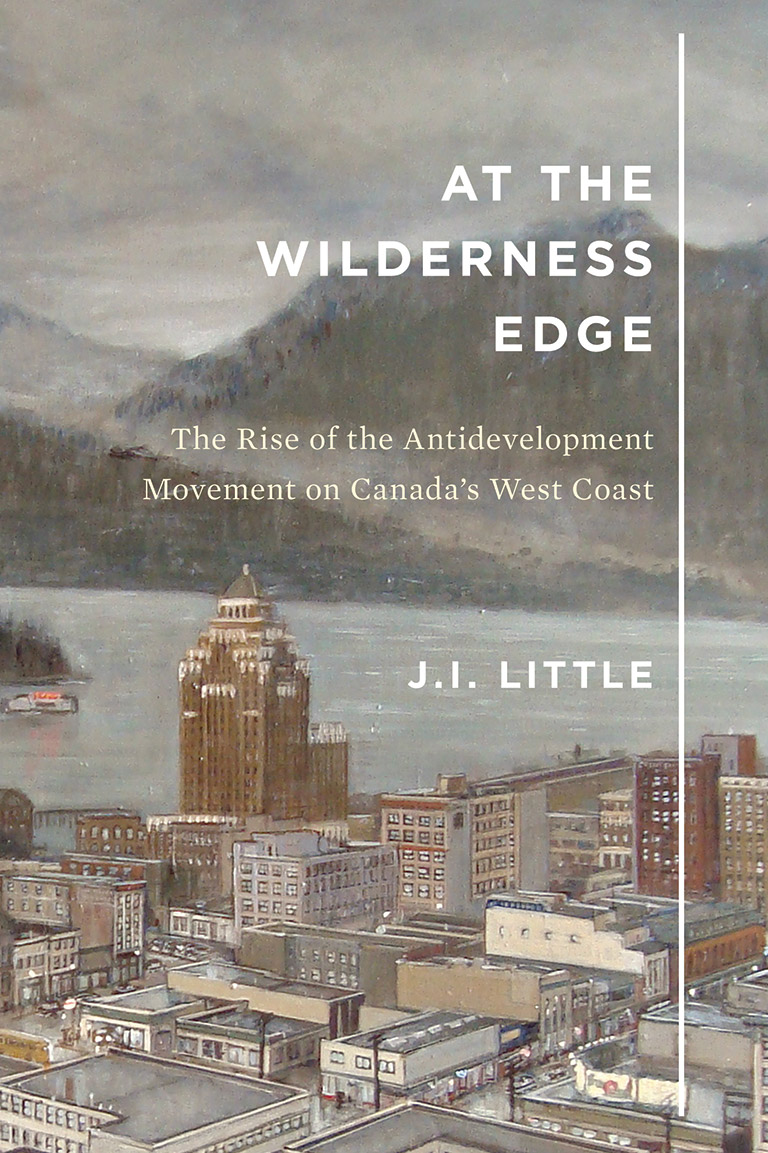At the Wilderness Edge

At the Wilderness Edge: The Rise of the Antidevelopment Movement on Canada’s West Coast
by J.I. Little
McGill-Queen’s University Press
210 pages, $29.95
Most of us don’t often think about how the beautiful spaces in and around urban areas came to be protected, or whether there were significant efforts by developers and industrialists to have things turn out differently. In At the Wilderness Edge, Simon Fraser University emeritus history professor J.I. Little tells about five beloved areas within or near to Vancouver that were targeted for large commercial projects between the 1960s and 1980s, and he describes the extended campaigns by citizens to preserve the lands in question.
In a city and region that’s become known for environmental protest and the birth of Greenpeace, Little charts “a less radical, more broad-based, and more enduring culture of resistance, one that challenged the long-established assumption that there should be few limits or restrictions to economic growth and urban development.” He says that, rather than students or committed activists, the people behind these antidevelopment efforts were mostly older and were engaged in specifically local efforts.
Neighbourhood groups, recreational and outdoor enthusiasts, seasonal residents, and others organized, lobbied politicians, occasionally staged protests, and, significantly, maintained visions for the land that differed from those put forth by industries and developers. This happened even for places that were anything but wild, such as a parcel of land along the waterfront in downtown Vancouver that was one of several contested locations eventually set aside as public park space.
Little’s book situates these movements between an earlier period when the motivation “had been to wrest natural resources from a challenging physical environment” and today’s focus on the ecological impacts of development, and he credits their participants’ persistence and effectiveness with having contributed to “the emergence of an environmentalist culture in Vancouver and its outlying region.”
Themes associated with this article
Advertisement




